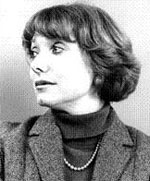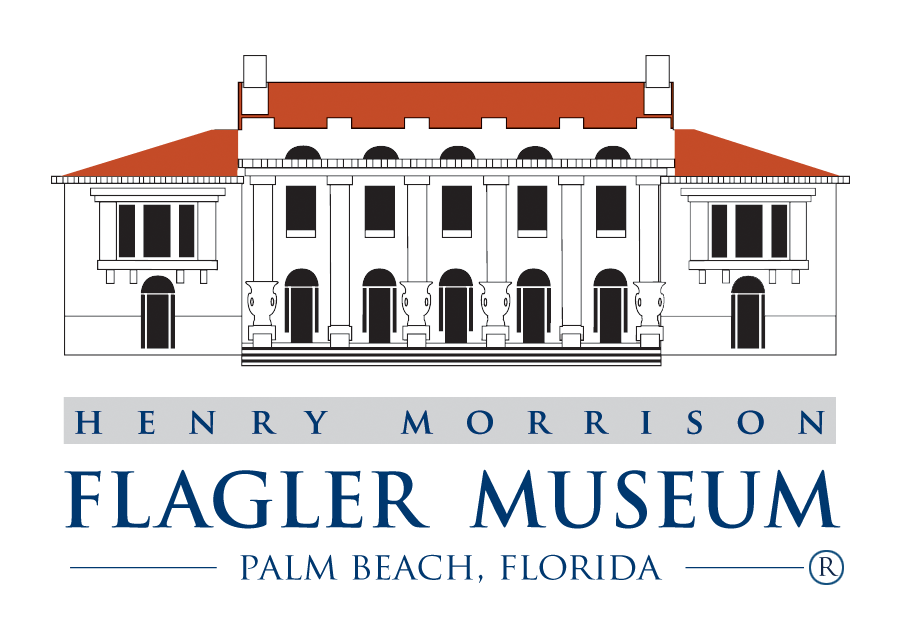 February 6, 3 p.m.
February 6, 3 p.m.
Richard F. Bales
Attorney and Author, Chicago, Illinois
The Real Cause of the Great Chicago Fire – It Wasn't the Cow!
Throughout history, the Great Chicago Fire of 1871 has been blamed on Mrs. O'Leary and her cow. Although many books have been written about the fire in the 130-plus years that followed this disaster, no one has ever written a book devoted solely to examining the fire's cause. Richard F. Bales, as Assistant Regional Counsel of Chicago Title Insurance Company, had access to the only set of land records that survived the fire. Using his knowledge of legal descriptions, he mapped out the O'Leary neighborhood and determined the ownership of all the land parcels. Bales then spent two years transcribing all 1,168 pages of the handwritten testimony of fifty witnesses who testified at an 1871 Chicago Fire Department inquiry into the fire's cause. When Bales examined this testimony through the lens of his diagram, he discovered new evidence that led him to the person who he feels really did start the Chicago Fire.
 February 13, 3 p.m.
February 13, 3 p.m.
Richard A. Burkert
Executive Director, Johnstown Area Heritage Association, Johnstown, Pennsylvania
Everybody's Flood: Public Response to the 1889 Johnstown Flood
On May 31, 1889, a neglected dam and a phenomenal storm led to a catastrophe in which 2,209 people died. It's a story of great tragedy, but also of triumphant recovery. In addition to the incredible loss of life, 1,600 homes were destroyed and $17 million in property damage was done. Public response to the disaster was immediate and generous. Within the U.S. and 18 foreign countries, almost $4 million was collected for the Johnstown relief effort. The American Red Cross, led by Clara Barton and organized in 1881, arrived in Johnstown on June 5, 1889 – it was the first major disaster relief effort for the Red Cross. Historian Richard A. Burkert will outline the conditions that led to the tragedy, the horrific event itself, and the aftermath which led to the heroic recovery efforts.
 February 20, 3 p.m.
February 20, 3 p.m.
James Dalessandro
Novelist, Screenwriter, and Film Maker, San Francisco, California
The 1906 San Francisco Earthquake
The San Francisco Earthquake of 1906 was one of the great natural disasters of American history. The quake and ensuing fire left a city known as the "Paris of the West" in ruins. Then human venality made things worse. Looters were out in full force, picking damaged businesses clean. Federal troops, given license to shoot and kill thieves, fired on many people who were simply trying to save their own property. And members of the security force also joined in the looting. After the smoke cleared, politicians who had been the target of a massive corruption investigation before the disaster were left in power and painted a false picture for the world. They declared that fewer than 500 people had died, a figure that is now believed to be less than 10 percent of the actual toll. Author and screenwriter James Dalessandro tells the epic story in his novel 1906 and uses both fiction and historical fact to set the record straight.
 February 27, 3 p.m.
February 27, 3 p.m.
Diana Preston
Historian and Author, London, England
Willful Murder? – The Sinking of the Lusitania
On May 7, 1915, the ocean liner Lusitania was struck by a terrifying new weapon – and became a casualty of a terrible new kind of war. Diana Preston's book, Lusitania – An Epic Tragedy, offers a vivid picture of the event that shocked the world; a view of the heyday of the luxury liner and the first days of the modern submarine; a critical chapter in the progress of World War I; and a remarkable human drama. With first-person survivor accounts, original translations of German documents, and a cast of characters ranging from Winston Churchill and Alfred Vanderbilt to the crew of the German U-boat that torpedoed a ship full of civilians, this is a true tale of terror and tragedy, of heroism, and miraculous survival.
 March 6, 3 p.m.
March 6, 3 p.m.
John Steele Gordon
Economic Historian and Author, North Salem, New York
The Crash of 1929 and the End of the Gilded Age
Besides suffering both natural and accidental tragedies, Gilded Age Americans suffered through a financial disaster as well. The Gilded Age period, which began at the end of the Civil War in 1865, ended with the collapse of America's booming economic structure in 1929. The Crash made significant changes in the Gilded Age economy, particularly in the areas of consumer spending, banking laws, investment habits, home ownership, and dozens of other areas that were impacted by the national financial tragedy. Its repercussions were vast and reached a very personal level for most Americans. Their lives and the country's future would never be the same, resulting in marked differences between the Gilded Age economy and the economy during the 1930s. Foremost economic historian, John Steele Gordon, shares his insights into this nationwide tragedy and its ramifications for one of the world's greatest economic powers.

 February 6, 3 p.m.
February 6, 3 p.m. February 13, 3 p.m.
February 13, 3 p.m. February 20, 3 p.m.
February 20, 3 p.m. February 27, 3 p.m.
February 27, 3 p.m. March 6, 3 p.m.
March 6, 3 p.m.





